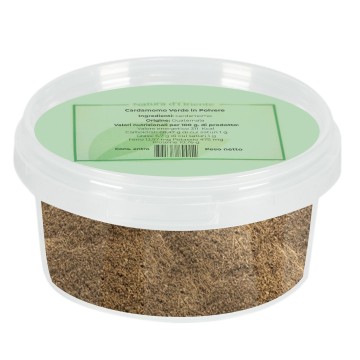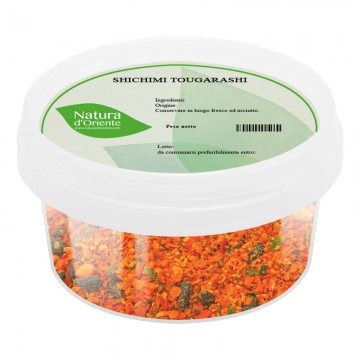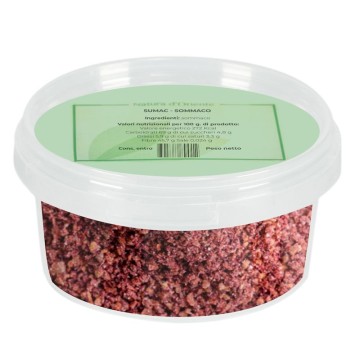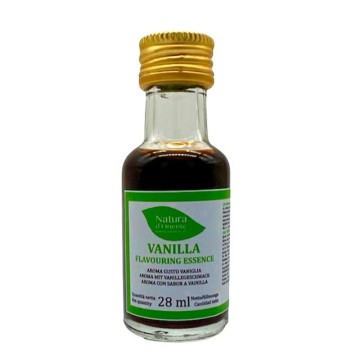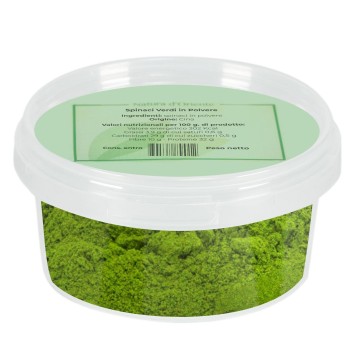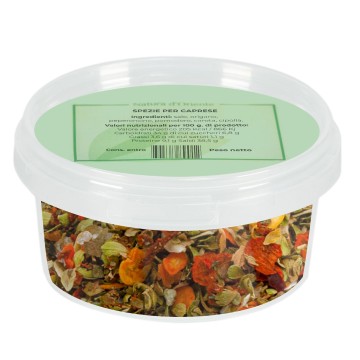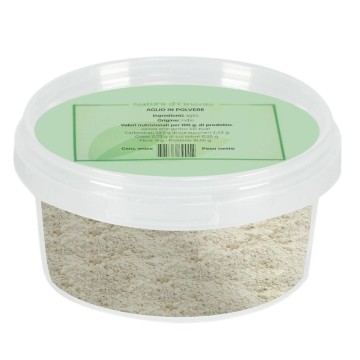Compared to other Indian spice mixes, Goa Curry differs in the consistency of the ingredients. Some spices that make up this curry are whole in the package, so you can choose whether to grind them or not. The choice comes when you decide on the recipe: crush them or leave the combination of spices whole to season the dish you are preparing with Goa Curry. Regarding the taste, Goa Curry is not strong but rather veers towards a sweet note, because the quantity of chili contained is really minimal. The Goa spice mix shows an aroma halfway between sweet and spicy. It is a versatile mix that goes well with any type of meat and fish, vegetables or lentils.
The spices of Goa Curry
This particular Goan curry combines over 10 different spices, warm and bright, with sweet and deep notes.
Turmeric infuses the blend with a warm, slightly pungent flavor with bitter notes; an intense aroma that blends well with mustard.
Coriander adds a sweetish aroma and flavor, reminiscent of fennel and dill; it becomes the fresh, citrusy note with fruity nuances.
Ginger regulates a particular spicy note, pungent enough to accompany the other spices in seasoning vegetables, meat or fish.
Jamaica pepper stands out as a not too spicy element, with a delicate complex flavor that evokes black pepper, cloves and nutmeg (also called clove pepper).
Cloves in Goan curry make a warm flavor with sweet and slightly spicy notes, a fruity aftertaste, with floral aromas that sweeten the blend.
Cumin has a strong, pungent but not aggressive flavour, reminiscent of fennel seeds. A warm, earthy aroma, it gives the blend a slightly toasted note.
Kummel (meadow cumin) adds a pungent, fresh, anise-like flavour. It is highly prized as a flavouring on meats and in baked goods.
Latin American chili includes the note of mildly spicy chili peppers, which add a pungent flavour to balance the sweeter spices.
The note of fennel aroma is pleasantly sweet-spicy, reminiscent of anise and gives a sweet, warm smell to Goan curry.
Fenugreek seeds add a pungent, slightly bitter flavour and a useful consistency for a spice blend. The aroma is reminiscent of fresh hay, much appreciated on meat and fish.
Galgant (galangal or galanga) is a spice native to Asia, it gives a light sweet-spicy note similar to ginger. The intense aroma can evoke lemon and pepper.
Mustard is a spice with a characteristic spicy flavor but tending to sweetish, and a pungent scent similar to anise.
Using Goan Curry in cooking
This blend of aromatic spices is used both in the whole version (whole and coarsely chopped spices) and through grinding (spice grinder). The version of Goan Curry "whole" is convenient for always having freshly ground curry powder on hand! In addition, the curry mixture will have a pleasant visual impact, which will surprise guests with its intense color.
Whole curry: if you choose to include whole spices in the recipe, the Goan curry should be added halfway through cooking, because the ingredients are more resistant and retain their aroma better. This curry grain is ideal for flavoring roasts and stews.
Ground curry: otherwise, you can add the ground spices at the end of cooking. The warm and sweet flavor, with citrus notes, is ideal for flavoring aromatically but without excessive spiciness. To prepare the Goan curry, you can grind and then toast the curry mixture in a pan for a few minutes at medium temperature. The spices will be able to develop their aroma, and a teaspoon is enough to create a perfect flavor.
Curry before cooking: you can sprinkle the curry on fish, shrimp and seafood before cooking them. As with the classic Goan fish or prawn curry.
Savoury recipes: Perfect in typical Indian curries, soups and stews, as an addition to rice. It traditionally pairs well with roasted vegetables and chicken. As a versatile blend it can also be used to marinate meat, fish or vegetables. Adds a spicy touch to eggs.
Sauces: Can be used as a stand-alone condiment for sauces and spreads, giving a bright but delicate flavour.
Blends: Goan Curry is a basic curry spice mix that can be expanded topleasure, to enhance other ingredients in vegetarian, meat, fish or legume dishes.
Goan Fish Curry Ingredients:
1 ½ teaspoons Goan curry - 70g grated coconut (fresh or frozen) - 10 medium garlic cloves - 2 tablespoons olive oil (or vegetable oil) - 8 curry leaves - 1 small onion, sliced - 2 cups water - Salt to taste - Thin fillets of firm white fish (e.g. hake, cod). Preparation Arrange the fish on a plate and sprinkle with a little salt. Mix well and set aside. Grind the Goan curry, coconut and garlic in a spice grinder or blender until you get a very smooth consistency (spice paste). Set aside. Heat the oil in a large saucepan with a lid over medium heat. Add the curry leaves and stir until they release their aroma, about 15 seconds. Reduce the heat to medium. Add the onion and cook until softened but not browned, about 5 minutes, stirring occasionally. Add the spice paste and continue stirring occasionally until it releases its aroma and the oil begins to float, about 5 minutes. Add the water, stir, close the lid and bring to a boil. Once it reaches a boil, check the seasoning. Reduce the heat to low and slide in the fish fillets, submerging them completely in the curry. Allow the fish to cook for 5 minutes without stirring. Serve the fish curry hot with steamed white rice.
Origins and History of Goan Curry
Known for its vibrant, seafood-centric cuisine, the state of Goa is located on the western coast of India. It has its own style of curry, with a mild flavour that blends into recipes in a mellow way – whether as whole spices or coarsely ground. Our Goan curry powder is often used in curry dishes that include the richness of coconut and tomato, spicy tamarind and fragrant lime leaves. The spicy blend balances the complex notes of these dishes, which are influenced by both Indian tradition and Portuguese colonial cuisine. Remember that in Indian cuisine, curry refers to all dishes prepared with a sauce. During the colonial rule (which lasted about 450 years), Europeans learned to appreciate the local dishes and brought the exotic flavour of curry back home through the ground spices that form the basis of the dishes. Then “curry powder” was invented, to which the Portuguese also added South American chillies. This is how curry powder was invented, which is available in many different variations in Europe, inspired by the regions of India or by specific typical dishes.



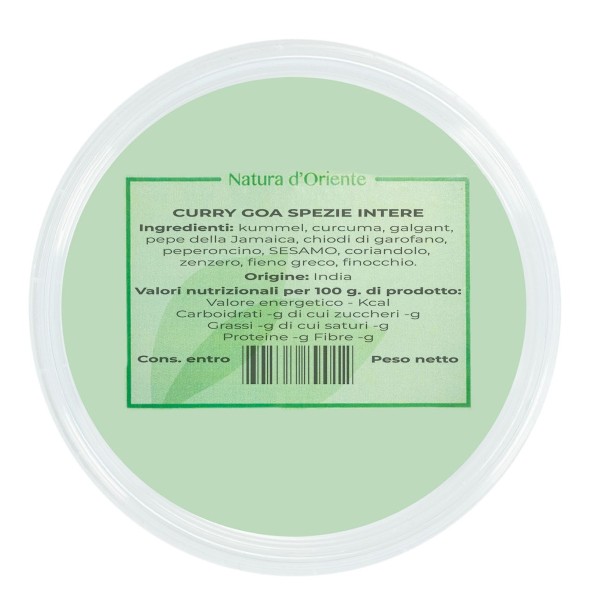





 No reward points for this product.
No reward points for this product.
